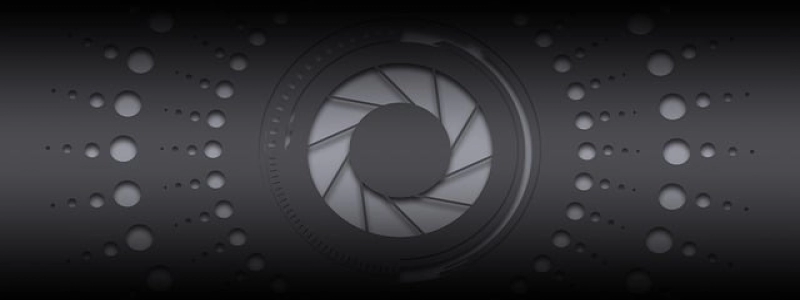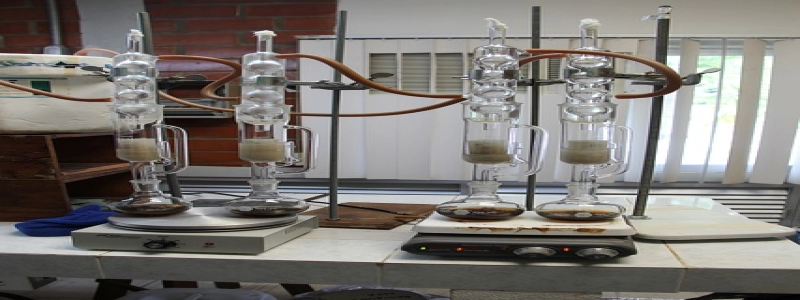Ethernet Patch Panel
Introduction:
The Ethernet patch panel is an essential component in any network infrastructure. It acts as a central point for connecting Ethernet cables from various devices, allowing for easy management and organization of network connections. This article will delve into the different levels of Ethernet patch panels and provide a detailed explanation of their functions.
I. Level 1: Unshielded Twisted Pair (UTP) Patch Panels
– UTP patch panels are commonly used in small to medium-sized networks.
– They are designed for connecting Ethernet cables with RJ-45 connectors.
– UTP patch panels are available in different port configurations, typically ranging from 12 to 48 ports.
– These patch panels are suitable for applications up to Category 6a, allowing for data transmission speeds of up to 10 Gigabits per second.
II. Level 2: Shielded Twisted Pair (STP) Patch Panels
– STP patch panels are employed in environments with high levels of electromagnetic interference.
– They provide better protection against signal degradation and cross-talk.
– STP patch panels have shielding on both the cable and connector ends, ensuring a secure connection.
– Just like UTP patch panels, they are available in various port configurations and can support data transmission speeds of up to 10 Gigabits per second.
III. Level 3: Fiber Optic Patch Panels
– Fiber optic patch panels are used when long-distance and high-bandwidth transmission are required.
– They are utilized in scenarios where data needs to be transmitted over long distances without loss or degradation.
– Fiber optic patch panels come in different types, such as single-mode and multi-mode.
– They typically support higher data transmission speeds, ranging from 10 Gigabits per second up to 100 Gigabits per second.
IV. Functions of Ethernet Patch Panels
– Physical Organization: Ethernet patch panels help neatly organize network cables, reducing clutter and making it easier to manage connections.
– Cable Management: By using patch panels, cables can be neatly terminated, labeled, and easily traced for troubleshooting or maintenance purposes.
– Flexibility: Ethernet patch panels allow for easy modification and reconfiguration of network connections without the need to rewire the entire network.
– Signal Integrity: Patch panels provide a secure and stable connection, ensuring optimum signal transmission with minimal loss or interference.
Conclusion:
The Ethernet patch panel serves as an important component in network infrastructure, providing effective cable management and organization. With different levels such as UTP, STP, and fiber optic, patch panels cater to various requirements and transmission speeds. Their functions include physical organization, cable management, flexibility, and ensuring signal integrity. The Ethernet patch panel is a critical tool for building and maintaining efficient and reliable networks.








